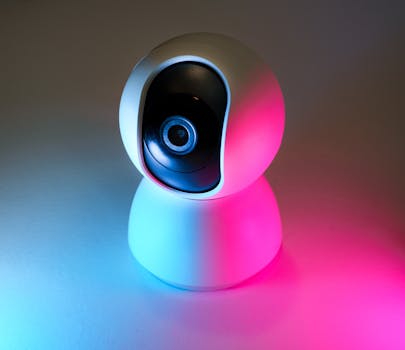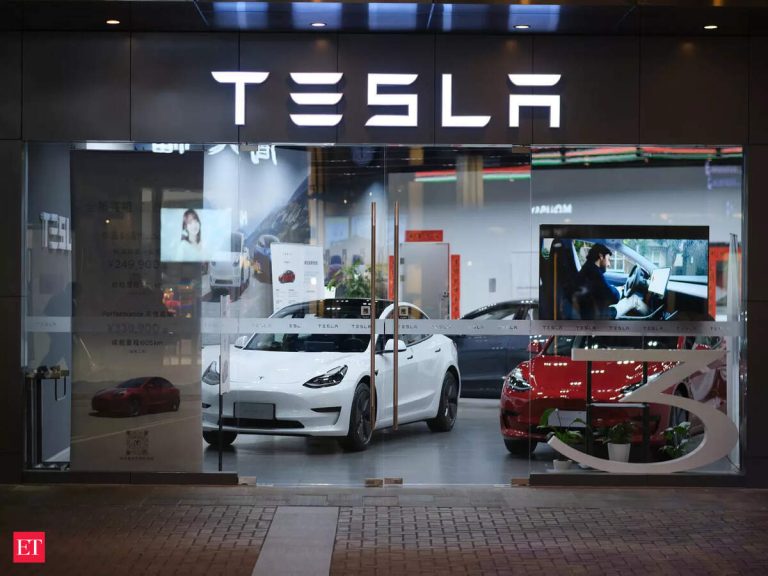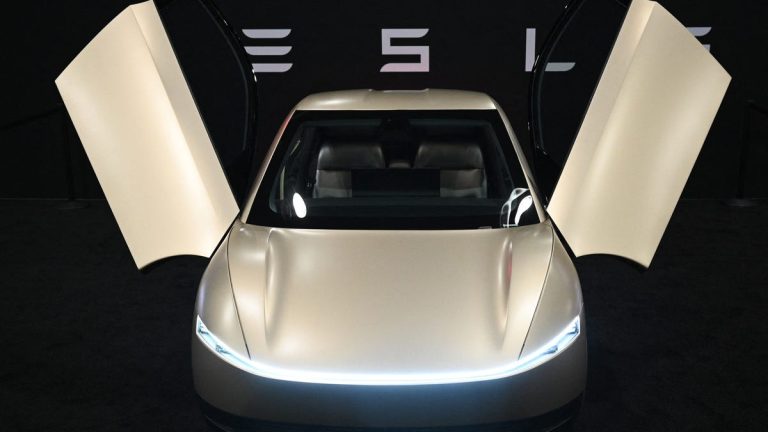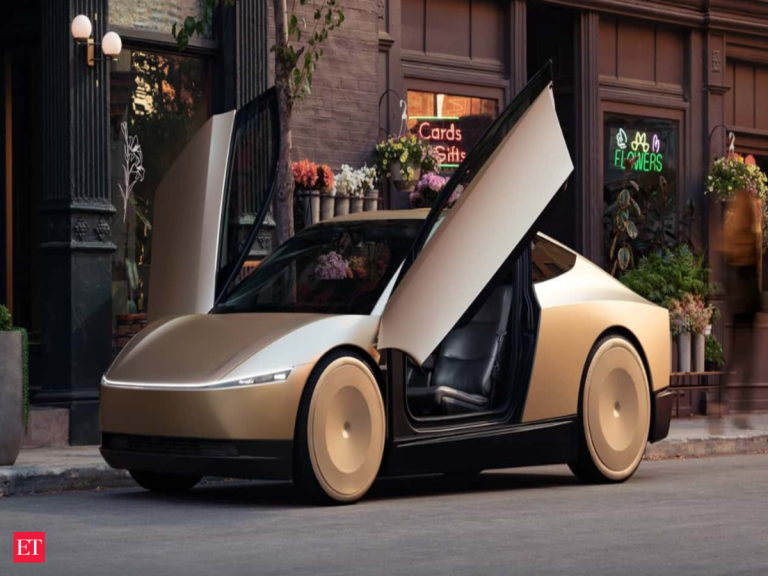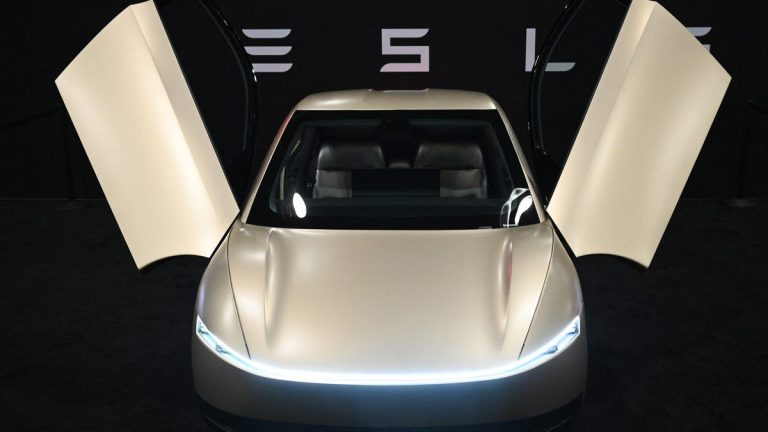Smart Homes and Smart Living: The Technological Transformation of European Homes by 2025
Smart Homes and Smart Living are revolutionizing the way we live, work, and interact with our living spaces. By 2025, European homes will have undergone a significant technological transformation, making our lives easier, more convenient, and more enjoyable. In this article, we will explore the latest trends and innovations in smart homes and smart living, and how they will shape the future of European homes.
Introduction to Smart Homes and Smart Living
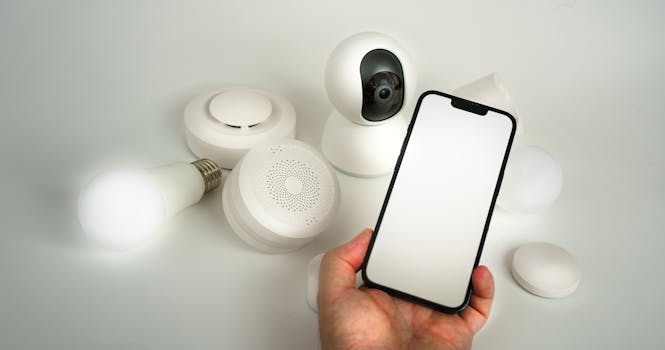
Smart homes and smart living refer to the integration of technology and automation in our living spaces to make our lives more comfortable, efficient, and sustainable. This includes a wide range of devices and systems, such as voice assistants, smart thermostats, security cameras, and home automation systems. These devices and systems are connected to the internet and can be controlled remotely, allowing us to monitor and manage our homes from anywhere in the world.
Trends and Innovations in Smart Homes and Smart Living
There are several trends and innovations that are driving the growth of smart homes and smart living in Europe. Some of the key trends include:
- Voice Assistants: Voice assistants, such as Amazon Alexa and Google Assistant, are becoming increasingly popular in European homes. These devices allow us to control our smart devices with voice commands, making it easy to turn on lights, adjust the thermostat, and play music.
- Smart Thermostats: Smart thermostats, such as Nest and Ecobee, are becoming increasingly popular in European homes. These devices learn our temperature preferences and adjust the temperature accordingly, saving us energy and money.
- Security Cameras: Security cameras, such as Ring and Nest Cam, are becoming increasingly popular in European homes. These devices allow us to monitor our homes remotely, deterring intruders and keeping our families safe.
- Home Automation Systems: Home automation systems, such as Samsung SmartThings and Apple HomeKit, are becoming increasingly popular in European homes. These systems allow us to control our smart devices from a single interface, making it easy to manage our homes.
Benefits of Smart Homes and Smart Living
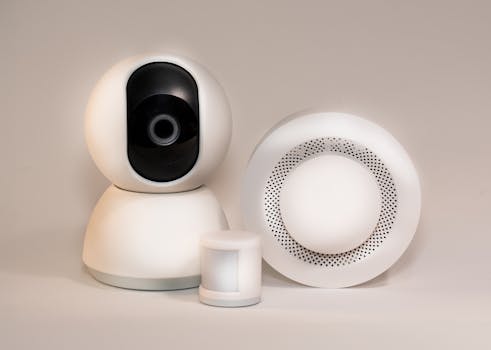
Smart homes and smart living offer several benefits, including:
- Increased Convenience: Smart homes and smart living make our lives easier and more convenient. We can control our smart devices from anywhere in the world, making it easy to manage our homes.
- Energy Efficiency: Smart homes and smart living help us reduce our energy consumption, saving us money and reducing our carbon footprint.
- Improved Safety and Security: Smart homes and smart living improve our safety and security, deterring intruders and keeping our families safe.
- Enhanced Comfort: Smart homes and smart living enhance our comfort, allowing us to adjust the temperature, lighting, and entertainment systems to our preferences.
Challenges and Limitations of Smart Homes and Smart Living
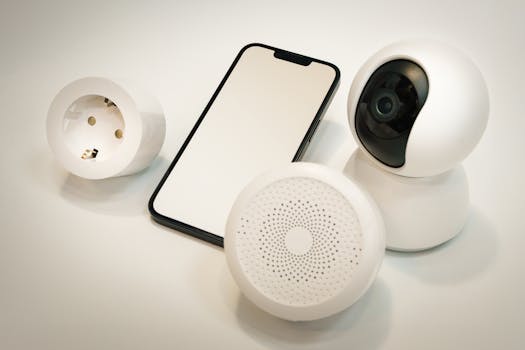
While smart homes and smart living offer several benefits, there are also several challenges and limitations to consider. Some of the key challenges include:
- Cost: Smart homes and smart living can be expensive, making it difficult for some people to afford the devices and systems.
- Complexity: Smart homes and smart living can be complex, requiring a significant amount of time and effort to set up and manage.
- Security Risks: Smart homes and smart living can also pose security risks, such as hacking and data breaches.
- Interoperability: Smart homes and smart living can also pose interoperability issues, making it difficult for devices and systems to work together seamlessly.
Conclusion

In conclusion, smart homes and smart living are revolutionizing the way we live, work, and interact with our living spaces. By 2025, European homes will have undergone a significant technological transformation, making our lives easier, more convenient, and more enjoyable. While there are several challenges and limitations to consider, the benefits of smart homes and smart living far outweigh the costs. As technology continues to evolve and improve, we can expect to see even more innovative solutions for smart homes and smart living in the future.
